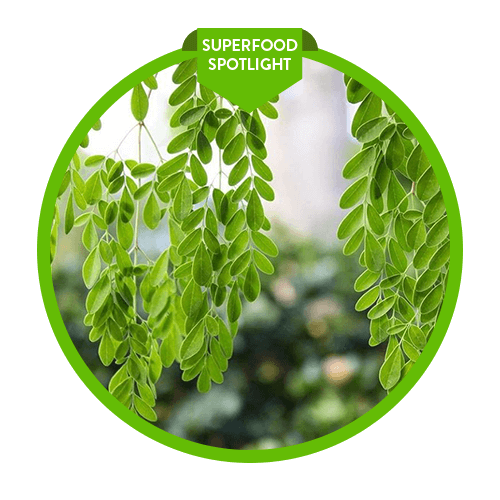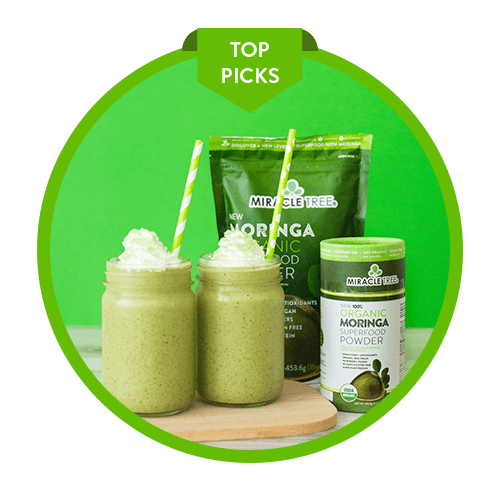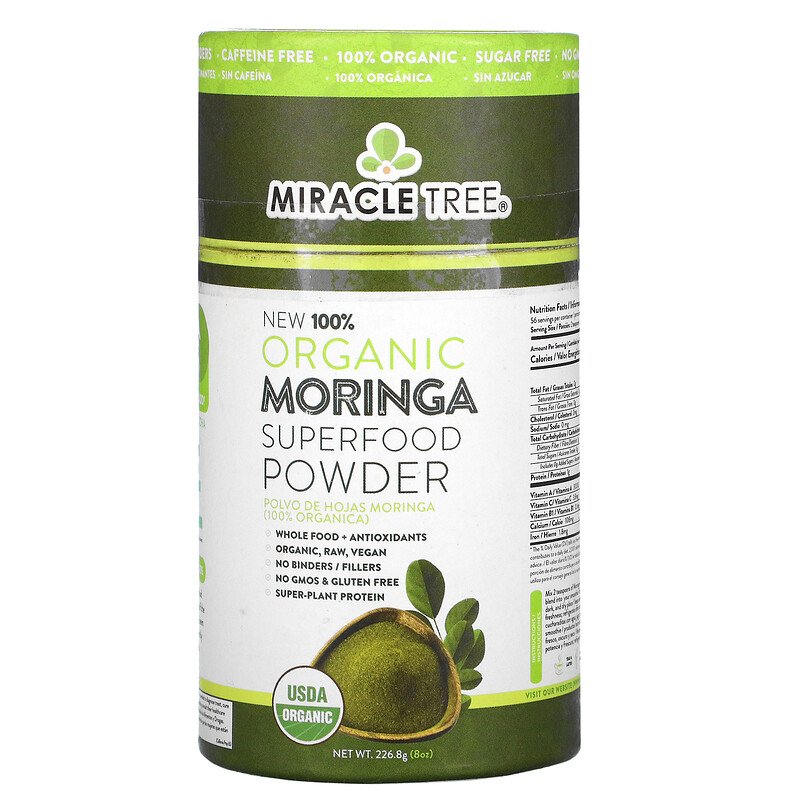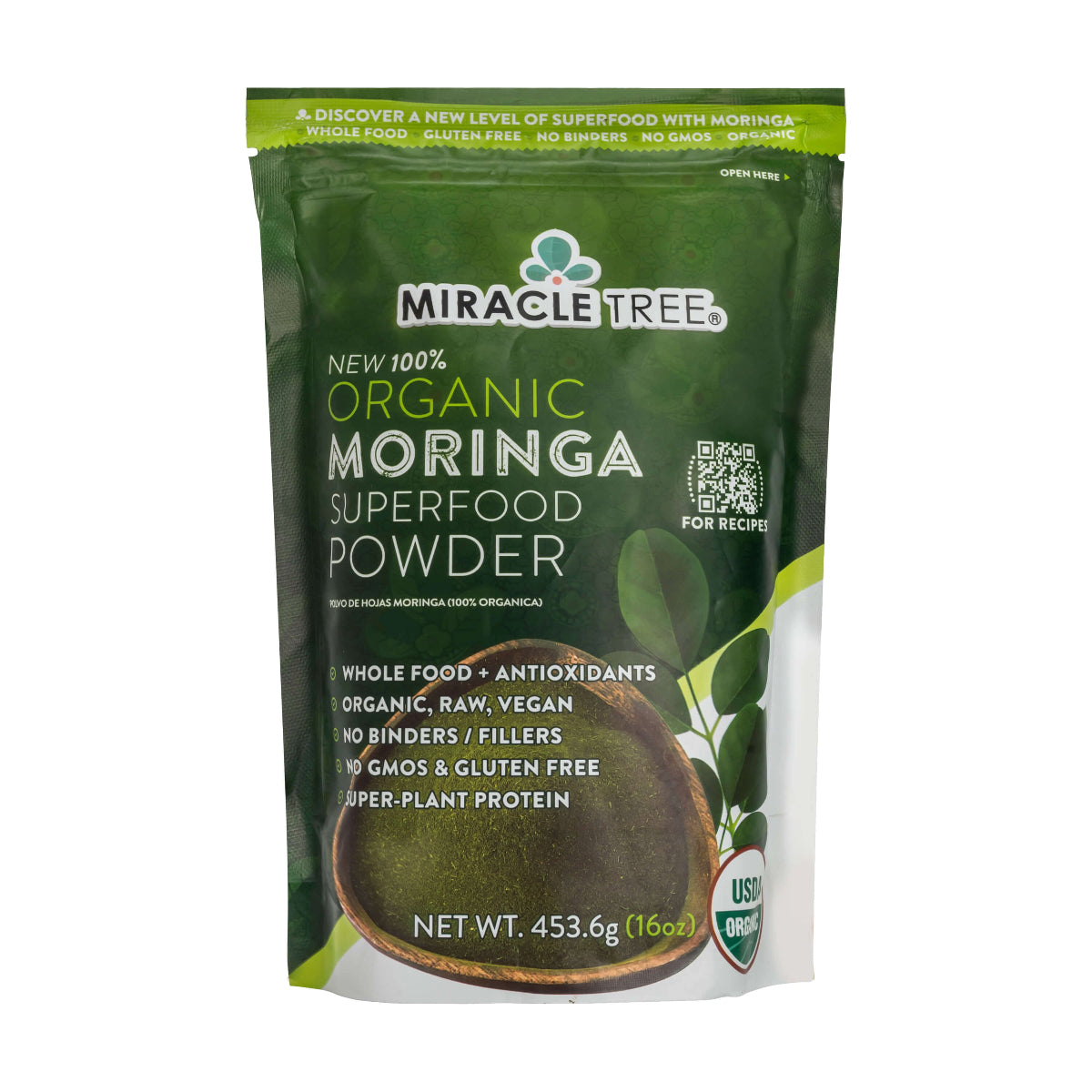As you stand in line at the grocery store, you glance over the magazines that are neatly displayed before the register. You read several eye-catching headlines that claim to have the latest superfood that will fix your diet. Captivated, you pick up one of those magazines and start flipping through the pages. Unfortunately, once you get to the information that you were looking for, you realize that the article fails to explain why common food items like kale are considered a superfood.
At the end of the day, the term ‘superfood’ tends to be a buzzword for foods that are nutritionally dense, and thus highly sought-after health solutions. The problem with the term is that it tends to be associated with foods, like kale, that have nutritional importance but lack superfood characteristics. To illustrate, consider a superfood an item that checks the following boxes:
- Gluten-free
- High-protein
- Low-fat
- Contains omega-3
- Rich in antioxidants
- Fiber-filled
- Has folate and phytonutrients
- More nutritionally-dense than other health-foods
- Grows in uncertain, barren and harsh conditions
After viewing the list, you’re probably wondering why kale doesn’t qualify as a superfood and which food does. To answer your question, let’s compare kale, a non-superfood, to moringa, an absolute superfood.
Kale: A Non-Superfood
Throughout the years, kale has been considered one of the most nutritious plants in the world. Characterized by its green color, bitter taste and large-fluffy leaves, Kale shares a slight resemblance to other cruciferous vegetables, such as broccoli and cauliflower. Needless to say, kale is a nutritional powerhouse filled with vitamins, minerals and antioxidants. So, why is it that it’s not considered a superfood?
The thing about kale is that it’s not better than other green vegetables. In fact, researchers at William Patterson University in Jersey ranked the nutritional density of 47 types of produce after analyzing the amount of 17 vital nutrients in each[i]. Surprisingly, kale was outranked by romaine. Even though such ranking doesn’t show the whole side of the story, it does match recent claims that kale isn’t the superfood it’s been claimed to be. In fact, Time Magazine wrote an article in 2014 claiming that “[kale] wasn’t a superfood,” but that it was merely a “health food.”
Moringa: The Absolute Superfood
More often than not, Moringa has been overshadowed by mainstream health foods despite its astonishing characteristics. Moringa, also known as the ‘tree of life’ and the ‘miracle tree,’ is native to India and planted all around the globe. The tree can survive drought, subtropical temperatures and remain nutritionally intact.
Most importantly, from the roots to the leaves, every bit of the moringa tree is both edible and loaded with countless nutrients. Moringa leaves have seven times the amount of vitamin C as an orange, three times more potassium than bananas, nine times the amount of iron as spinach, and four times more calcium than milk. Additionally, they’re high in iron, protein and beta-carotene. It’s no surprise that moringa has been used for health and medical purposes due to its nutritional value and anti-inflammatory characteristics.
Bottom Line
Although kale and moringa both offer remarkable health benefits, there’s a clear distinction in terms of nutritional value as to which fits the term ‘superfood’ best. Unlike kale, moringa can be enjoyed in many forms like herbal teas and powders that are easily incorporated into a vast range of recipes. From our savory teas to our versatile moringa powders, our products may be the key to your nutritional journey. So, find the flavor that suits your taste and absorb all the benefits moringa has to offer!
* Disclaimer: Miracle Tree® products are not intended to diagnose, treat, cure, or prevent any disease.
Source:
[i] http://www.shape.com/blogs/shape-your-life/kale-s-not-superfood-you-think







